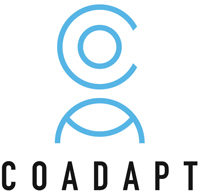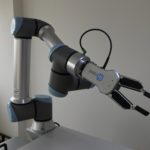The main purposes of the study are: evaluating the performance of the user’s interaction with the adaptive assembly workstation (AAW), identifying the most suited and informative physiological and cognitive measures upon which the system will rely, and investigating the workers’ general experience.
Measures and verification: A prototype assembly station will be set up to evaluate how the adaption of speed to cognitive load measured through eye tracking improve wellbeing at work by reducing fatigue and improving the quality of work. Two digits improvements are targeted in error reduction and satisfaction.
Current status: Considering the evaluation of the most suited eye tracking metrics to monitor the level of cognitive load a laboratory study (N = 30) has been conducted by UNIPD. A set of metrics was identified. Furthermore in the experiment two additional biometric were considered (i.e., heart rate and electrodermal activity). The majority of eye tracking metrics have proved to be appropriate for assessing variations in the cognitive load linked to the experimental manipulation (i.e., single- vs. dual-task condition). Similarly, heart rate was affected by the difference in the level of cognitive load associated with the experimental conditions.
The prototype of the adaptive assembly workstation (AAW) equipped with the collaborative robot (i.e., cobot UR 10e) has been installed in one of the UNIPD laboratory. The installation of the AAW and the programming phases of the cobot were supported by BNP srl. An experiment was carried out in order to assess senior workers’ (N = 10, M age = 63.3) perceptions (i.e., technology usability and acceptance, user experience, overall experienced load) regarding the interaction with a cobot by means of different control modalities (manual vs. remote control). The trial outcomes showed a positive overall evaluation of the robot and the interaction with it (the majority of the metrics were above the median values of the corresponding scales).
Experiment with the AAW and the cobot
The aim of the activities concerning the implementation of the Adaptive Assembly Workstation (AAW) with the collaborative robot (cobot), carried out during the first year of the Co-Adapt project, was to gather suitable information about the design, usability, acceptance and user experience related to such technological systems. To this end senior workers took part in an experiment which involved the actual utilisation of the AAW and the cobot to accomplishing a specific collaborative task.
Pictures regarding the Adaptive Assembly Workstation, collaborative robot, Smart Robots camera, and about the dissemination (workshop and conferences) done by UNIPD












